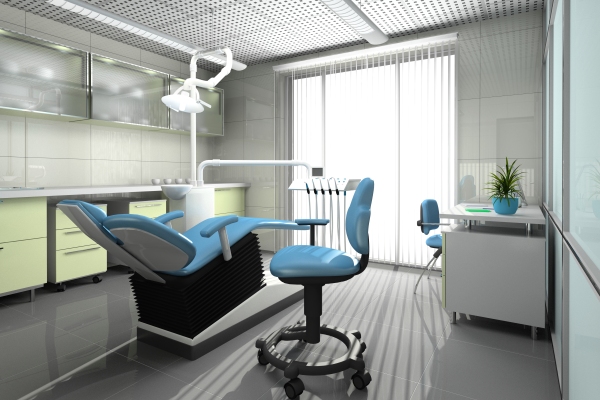The pandemic has impacted businesses of all sizes, but orthodontic and dental practices are among the industries that were impacted the most. Not only did the pandemic affect the logistics, safety measures, and ins and outs of treating your dental and orthodontic patients, but it radically changed patients’ expectations of healthcare and dentistry.
Here are 3 of the most industry-specific ways that the pandemic impacted orthodontic and dental practices:
1. Chair Distancing
Since the pandemic started, we were forced to think about physical space in a different way. This not only means the space in your waiting room, but the space in between the chairs where treatment happens.
In the exam area, this might mean costly additions such as partitions. Many patients have already come to expect the extra layer of protection these dividers can give, but they can get expensive.
An alternative to this has been to have fewer people in the office at any one time. Spacing out appointments and taking fewer patients per day also allows people to keep apart from each other, and might be easier to do while people are still hesitating to get any treatment, not just dental.
There are pros and cons to both these solutions, but a third has been offering a HIPAA- compliant telehealth solution. Telehealth gives both patients and doctors the opportunity to stay home unless it’s paramount that they be seen in person. Some doctors had never offered telehealth services and were nervous about it, but since the pandemic started this option has been increasingly popular.
Strong telehealth services are possible with state-of-the-art remote dentistry tools. Such apps allow you incredible communication with your patients, as well as control of their treatment plan. Some doctors actually say they are closer with their patients when they use teledentistry tools because they are able to communicate longer and more often while still freeing up space inside their offices. And patients like it too, for its convenience!
2. Waiting Room Practices
Recent research shows how patient expectations have changed for orthodontic and dental practices:
• 42% expect electronic forms or online paperwork options
• 37% expect virtual waiting room options
Many people have already gotten used to waiting in their cars instead of in a doctor’s (or even veterinarian’s) waiting room and now many of them expect to have that option. They’re also happy to fill out forms online and get as much done as possible before even setting foot in the office.
3. Phones As Treatment Tools
More changes in patient expectations are:
• 41% expect direct access to their healthcare provider over the phone, video calls, text messaging, or emails
• 41% expect telehealth appointment options to be available
• 39% expect communications to be conducted virtually
Patients are more comfortable than ever conducting business by phone, including their healthcare. Not only do remote options keep people safer, they save time and resources for patients and doctors alike. Strong teledentistry services mean fewer people that physically have to come in and sit in a chair, and that means practitioners can see more people faster and at their convenience.
We don’t know which ramifications of the pandemic will stick around for the long-term or which ones will have the most impact on the fields of orthodontics and dentistry, but we can tell things have been forever altered. The quicker you can align with the new normal the better, and ultimately the more profitable, it will be for your orthodontic and dental practices.
If you are interested in learning more about In Hand Dental's teledentistry solution, click here.

